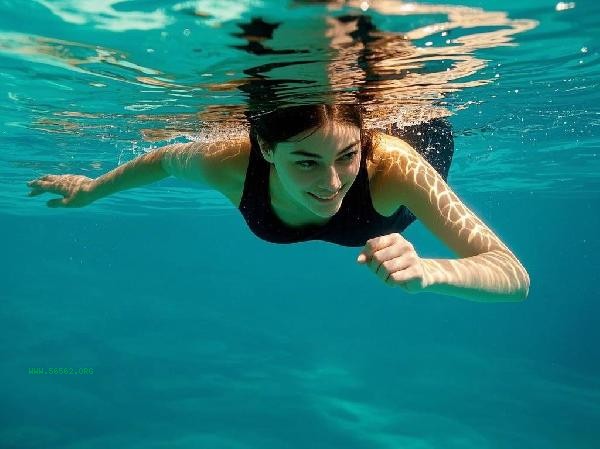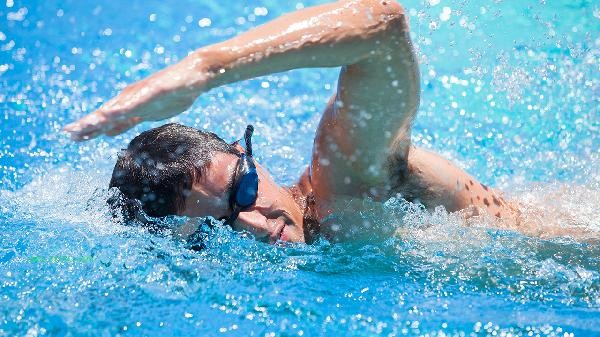To prevent water from entering the goggles during swimming and diving, it is necessary to ensure that the frame fits the face, adjust the elasticity of the strap, and use anti fog agents correctly. There are mainly methods to choose the appropriate size of swimming goggles, wear them correctly, do anti fog treatment in advance, check the sealing of the goggles, and avoid vigorous movements.

1. Choose the appropriate size
Swimming goggles that are too large or too small can affect the sealing effect. Adults should choose standard sized swimming goggles, while children should use styles specifically designed for small face shapes. When trying on, you can lightly press the frame to feel the suction, and swimming goggles with good fit can form a vacuum suction effect. The adjustable nose bridge can better adapt to different face shapes, and the silicone frame has better sealing performance than plastic material.
2. Correct wearing method
When wearing, adjust the strap to the upper position of the back of the head, and gently press the frame around the eye socket. First fix the frame and then tighten the strap to avoid excessive pulling and deformation. The swimming goggles with dual strap design need to maintain even force distribution between the upper and lower straps. Before diving, you can lightly press the edge of the frame with your fingers to double check if it fits perfectly, paying special attention to the areas on both sides of the nose bridge that are prone to water leakage.
3. Anti fog treatment techniques
Apply a special anti fog agent to the inside of the lens, and rinse off any remaining liquid after it dries. The temporary anti fog method for saliva should be evenly applied and left to stand for a moment, then lightly floated in pool water before diving. Avoid wiping the inside of the lens directly with your hands, as grease can reduce the anti fog effect. The anti fog film needs to completely cover the lens, as edge bubbles can affect the clarity of the field of view.

4. Sealing inspection
Before each use, lightly press the frame to test the rebound speed. Aging silicone will lose its elasticity. Gently press the swimming goggles onto the dry face and release them. If they can maintain their adsorption state, it indicates good sealing. Loose strap fasteners or deformed frame should be replaced in a timely manner. Slight water leakage may be a signal of rubber gasket wear.
5. Action Control Points
When entering the water, keep your head slightly upward to avoid direct impact of the water flow on your face. Stretching both arms can reduce turbulence when entering water. Jumping too high can increase water pressure, and amateur enthusiasts suggest controlling it within one meter of board. When turning around in the water, protect your goggles with your hands. Sudden acceleration can easily damage the sealing. Daily maintenance can extend the service life of swimming goggles. After use, rinse with clean water and let it dry naturally to avoid direct sunlight that can cause rubber aging. Do not fold the mirror strap when storing, place the lens facing up flat to prevent scratches. Regular replacement of swimming goggles can ensure the best protective effect, and the general service life of silicone sealing rings is three months. Choosing lenses with UV protection can reduce strong light stimulation, and it is recommended to use light colored lenses for indoor swimming pools to enhance visual brightness. If water frequently enters, you can try applying a small amount of Vaseline on the edge of the frame to enhance sealing, but be aware that it may affect the anti fog effect.







Comments (0)
Leave a Comment
No comments yet
Be the first to share your thoughts!